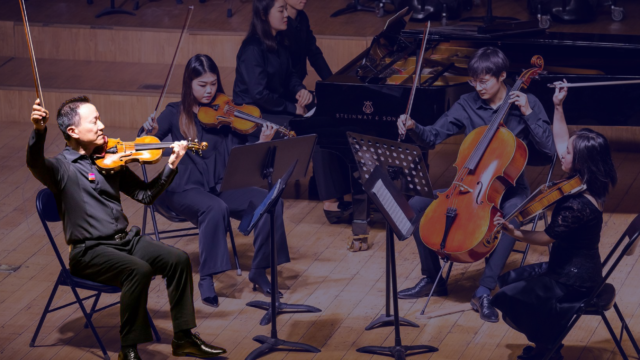Prelude and Table of Contents: Spring 2022

From the Editor
The images are heartbreaking. An orchestra of Ukrainian musicians performing outdoors in Kyiv’s Maidan Square even as Russia bombed the city. The young musicians of the Afghanistan National Institute of Music fleeing their homes and abandoning their instruments as armed troops of the Taliban swept into Kabul. Classical musicians accompanying a vigil in Richmond, Virginia in memory of a Black musician who was killed while in police custody. A youth orchestra in New Jersey giving a concert to benefit the victims of hate crimes targeting Asian Americans.
Yet these images are also inspiring, because they show immediate musical responses to often unbearable situations. The classical music field is increasingly confronting urgent social issues and performing music as response, resistance, protest, memorial, meditation. As Leonard Bernstein said after the assassination of President John F. Kennedy, “This will be our reply to violence: to make music more intensely, more beautifully, more devotedly than ever before.” Playing music does not fix any core crisis, but orchestras are stepping forward as seldom before.
This issue of Symphony charts some of these developments. London Philharmonic Artistic Director Elena Dubinets reports on the vibrant classical music scene in Ukraine. As orchestras strive to become more inclusive, League President and CEO Simon Woods asks whether the concept of a classical “canon”—frozen in time, etched in stone—should be reconsidered. We examine the real-world actions that orchestras are taking toward equity, diversity, and inclusion. And we report on how the new homes for youth orchestras represent not only literal stakes in the ground, but fresh commitments to music education, young musicians, and the future.
Robert Sandla
Table of Contents
Related
Become a member
Thank you for your interest in the League of American Orchestras! We are dedicated to advancing the orchestral experience for all.
Join Now